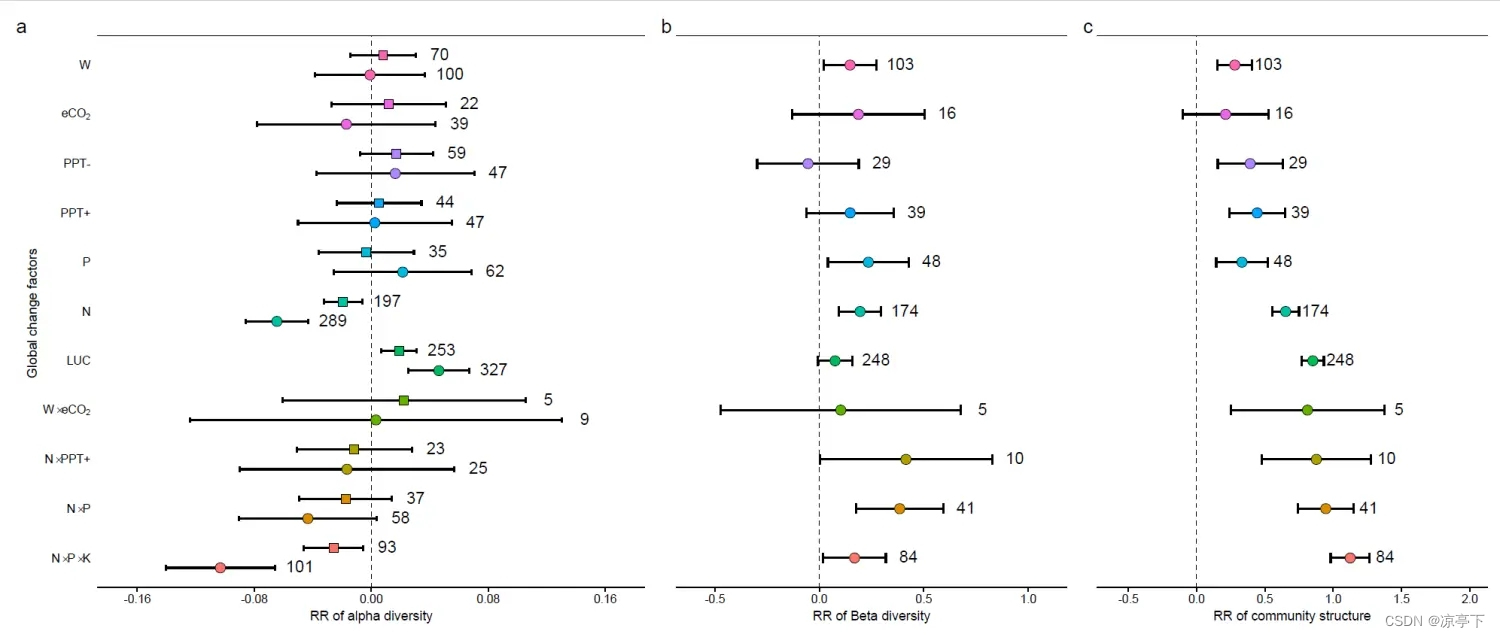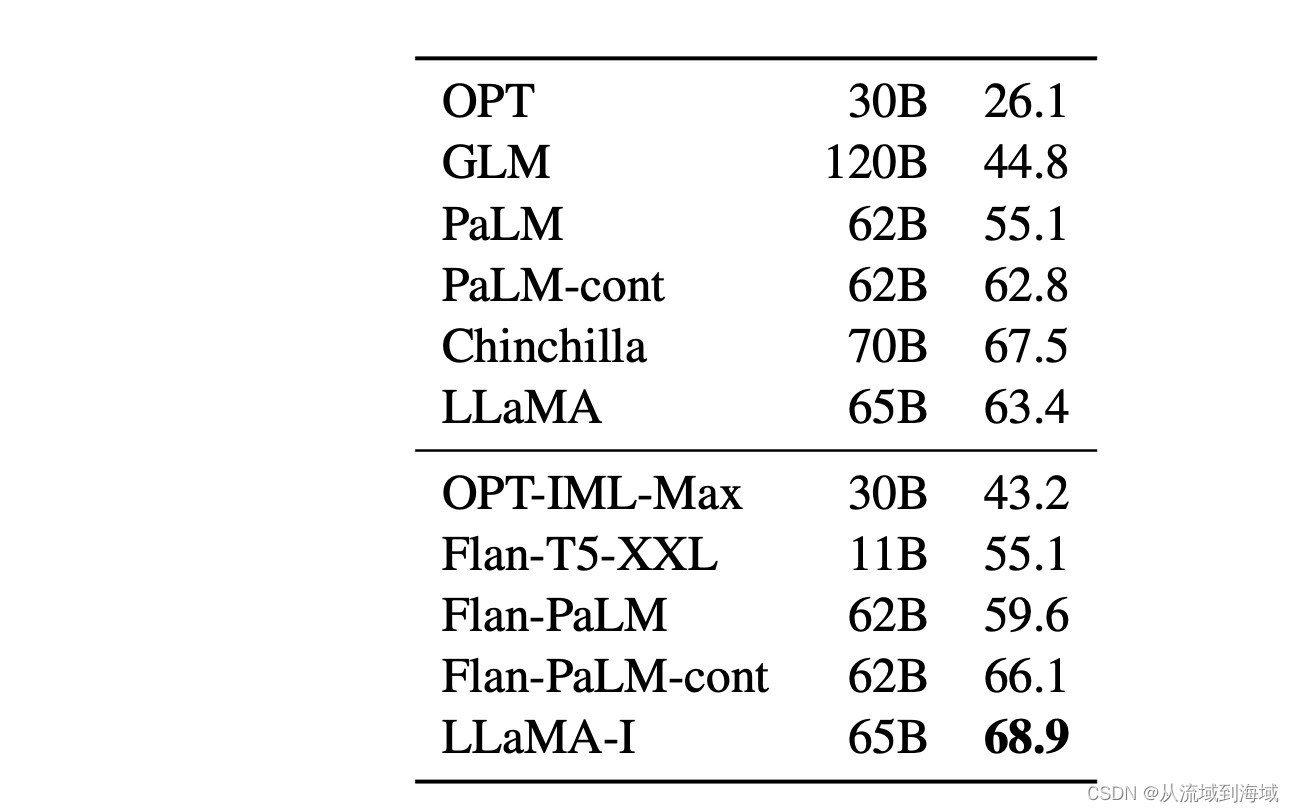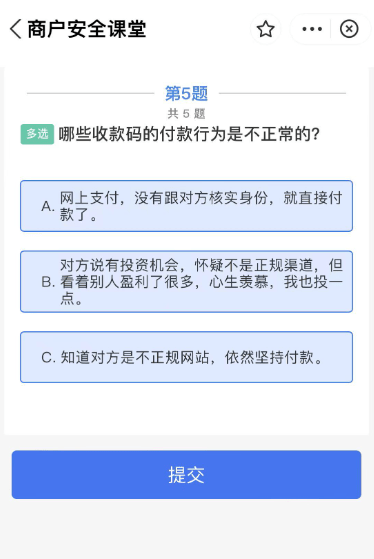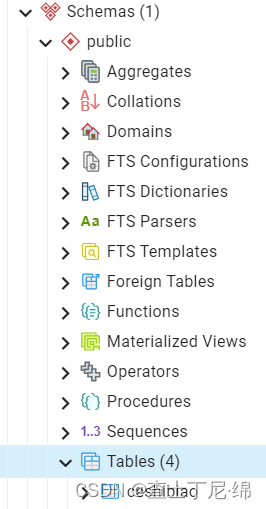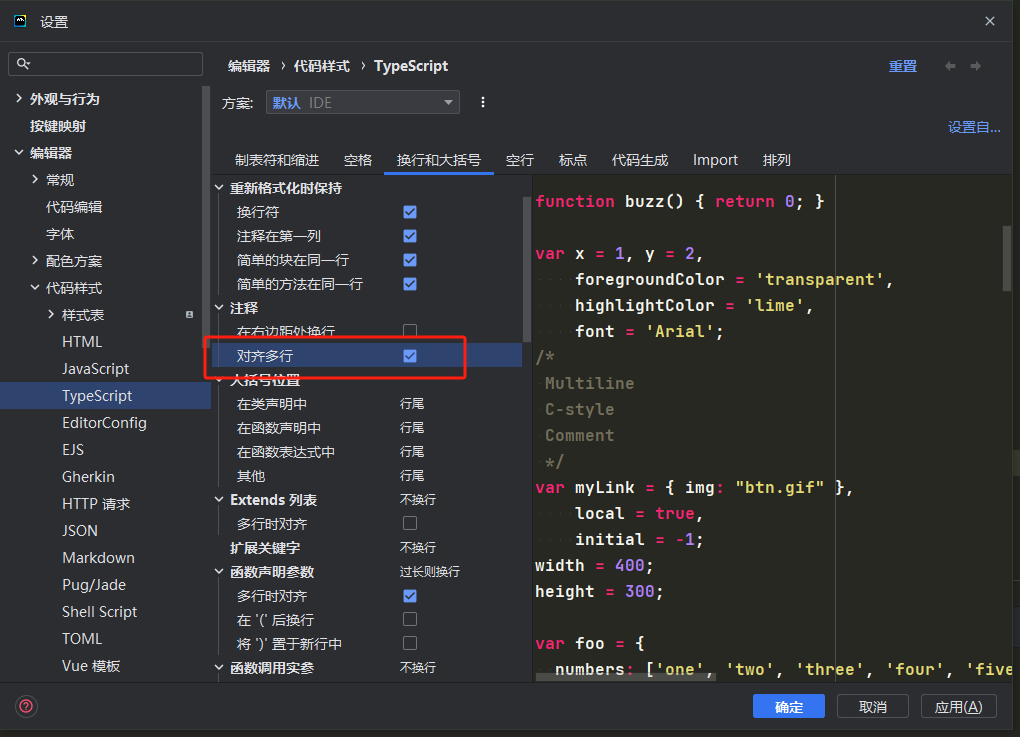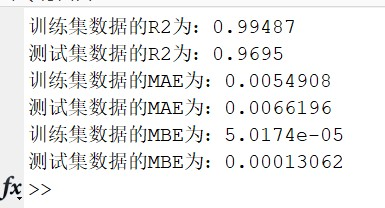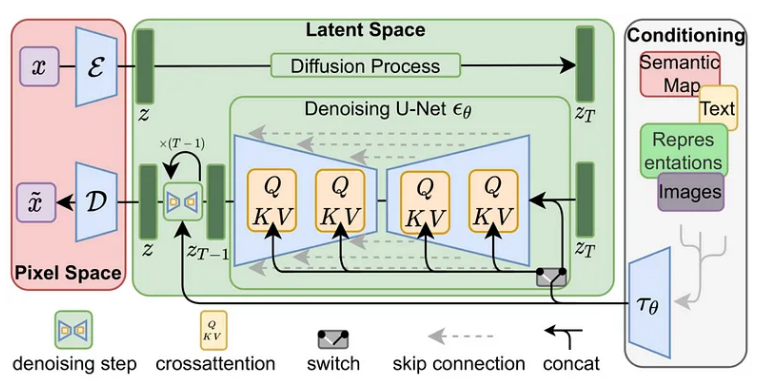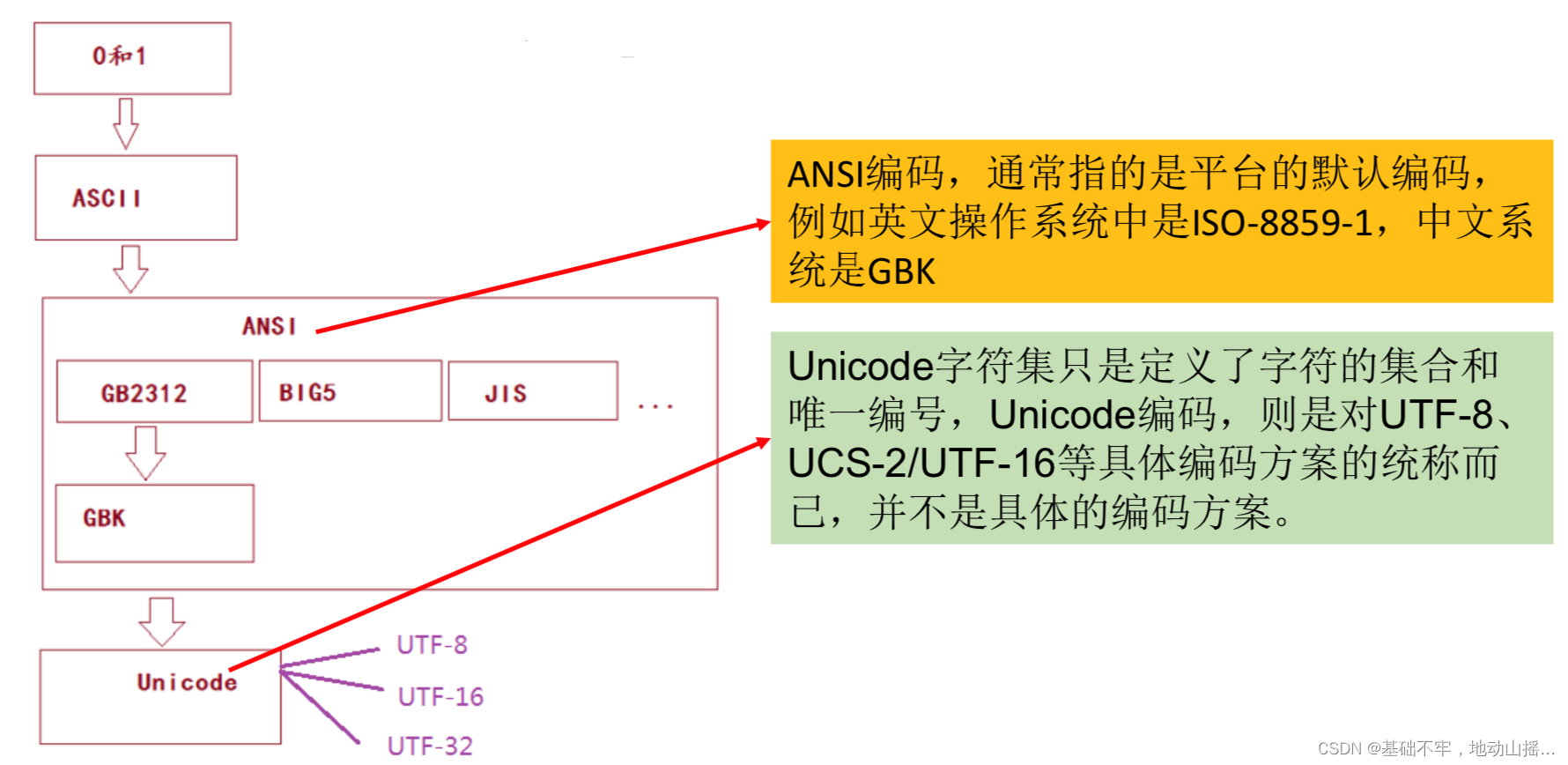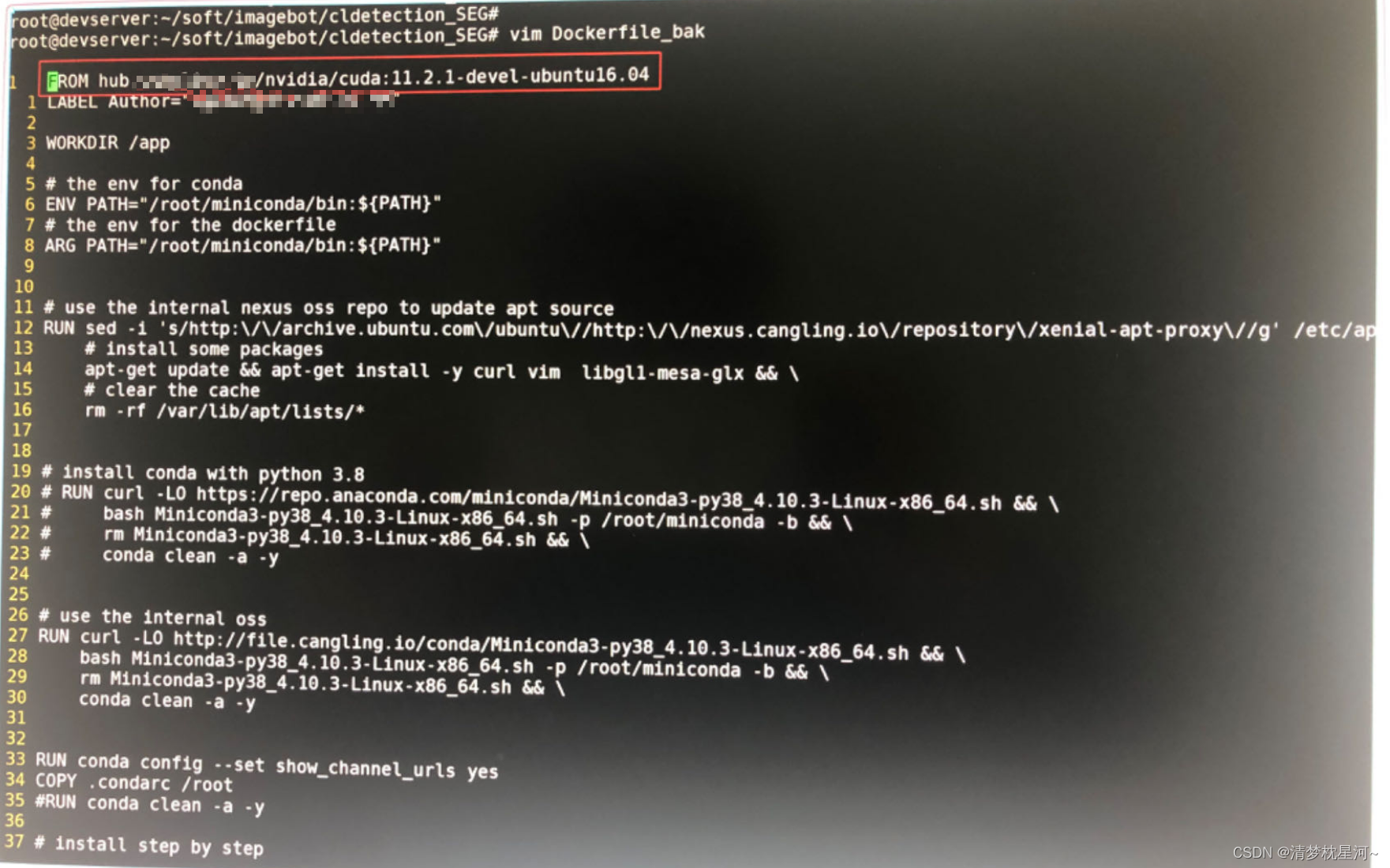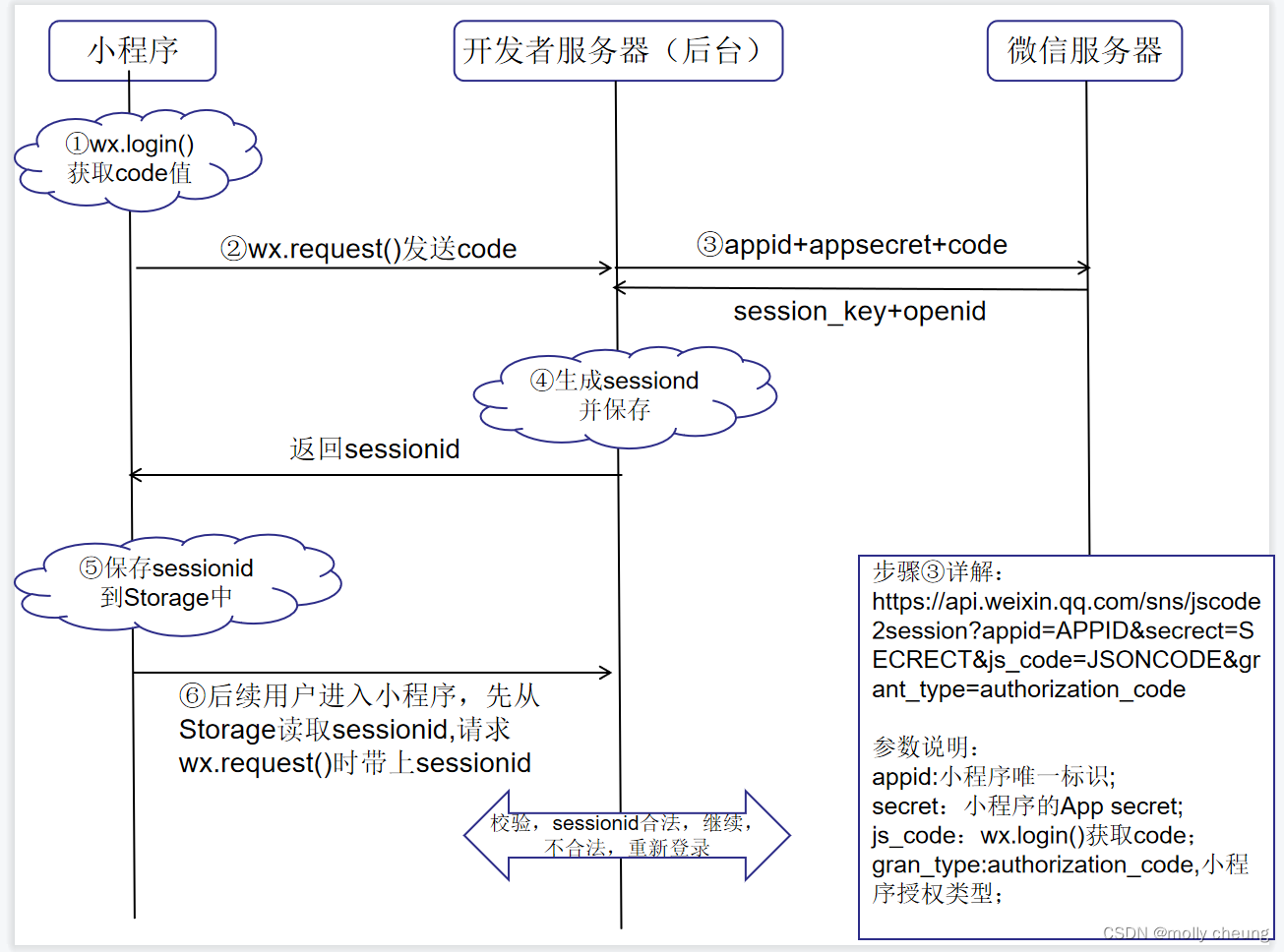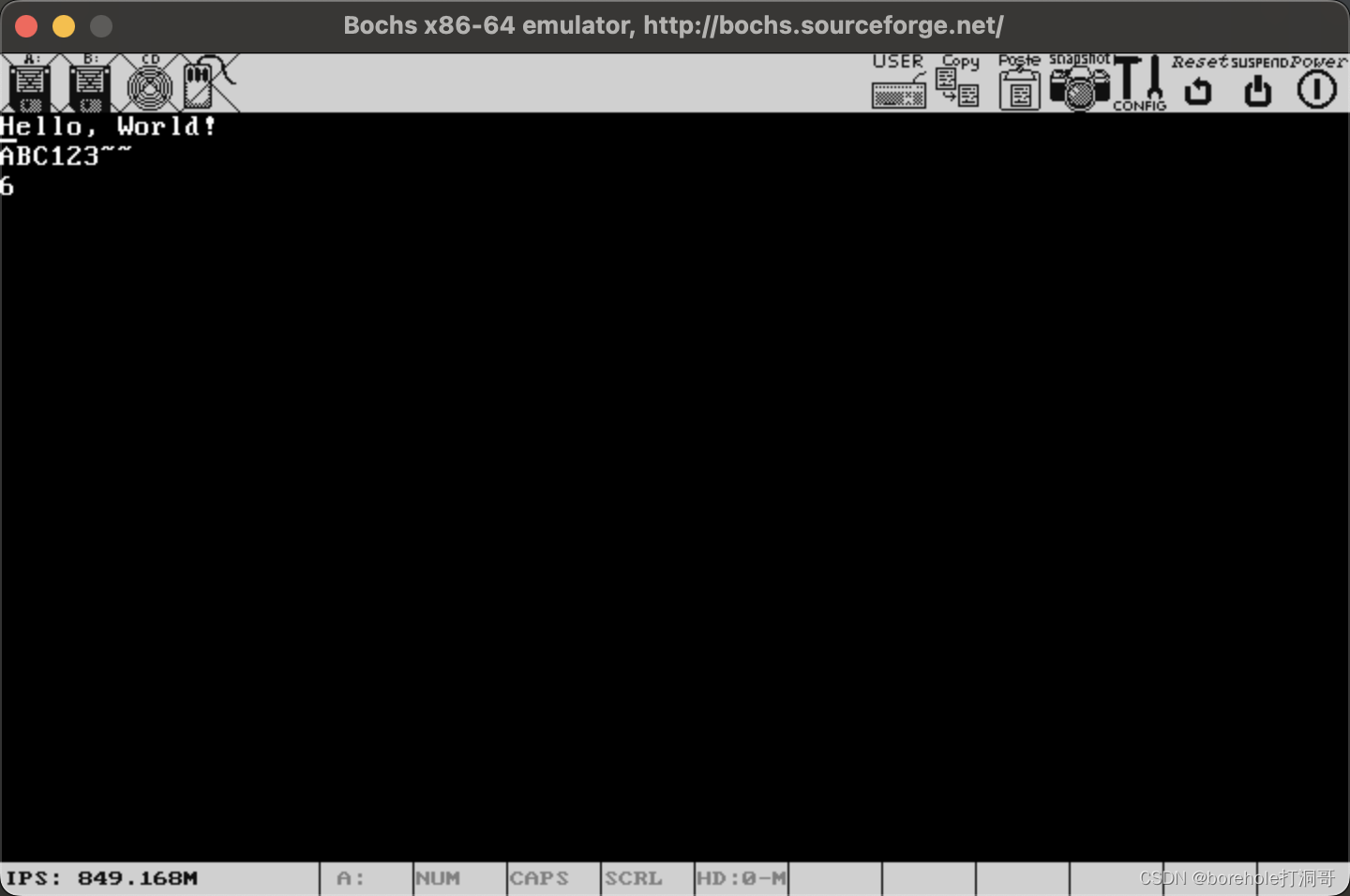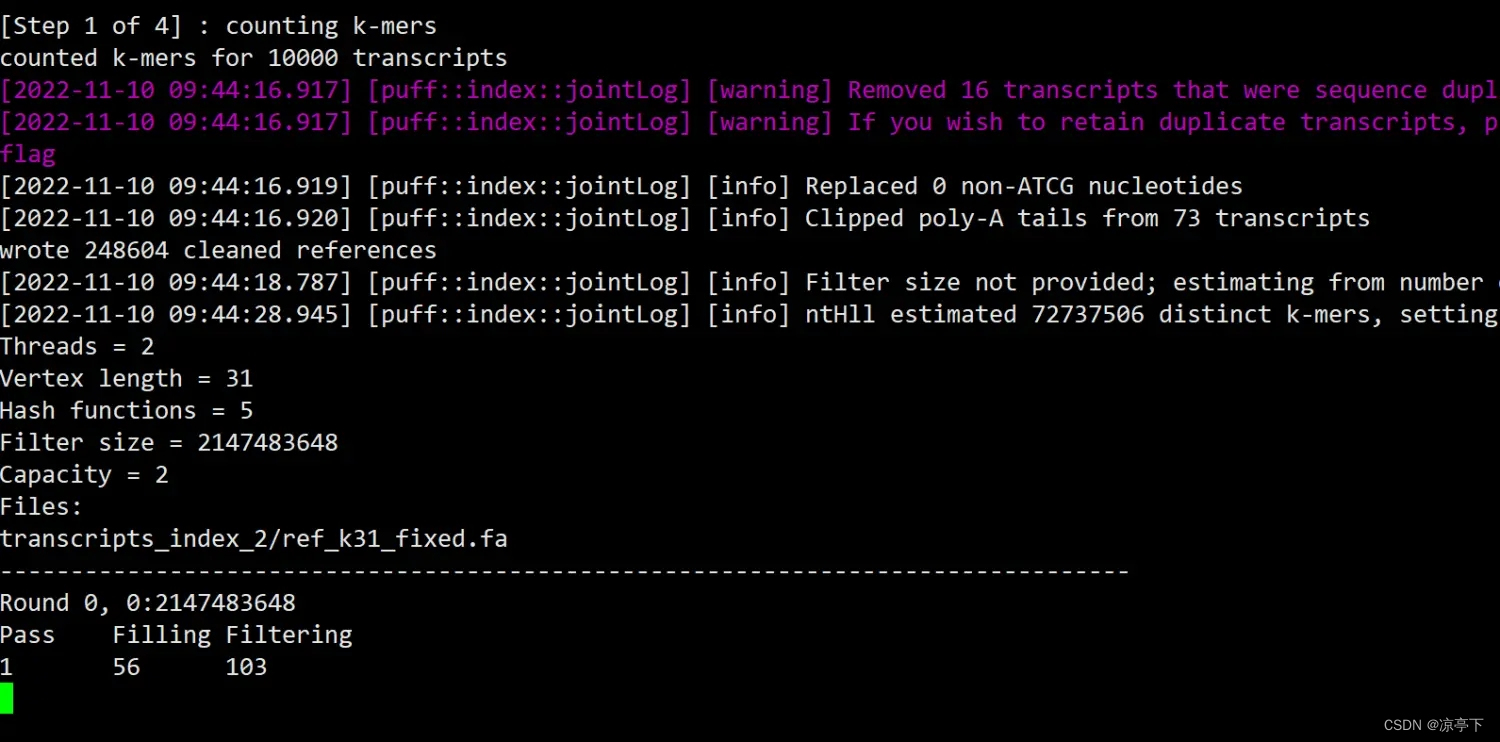链表专题
- 移除链表元素
- 设计链表
- 反转链表
移除链表元素
- 移除链表元素(Leetcode:203)
给你一个链表的头节点 head 和一个整数 val ,请你删除链表中所有满足 Node.val == val 的节点,并返回 新的头节点 。
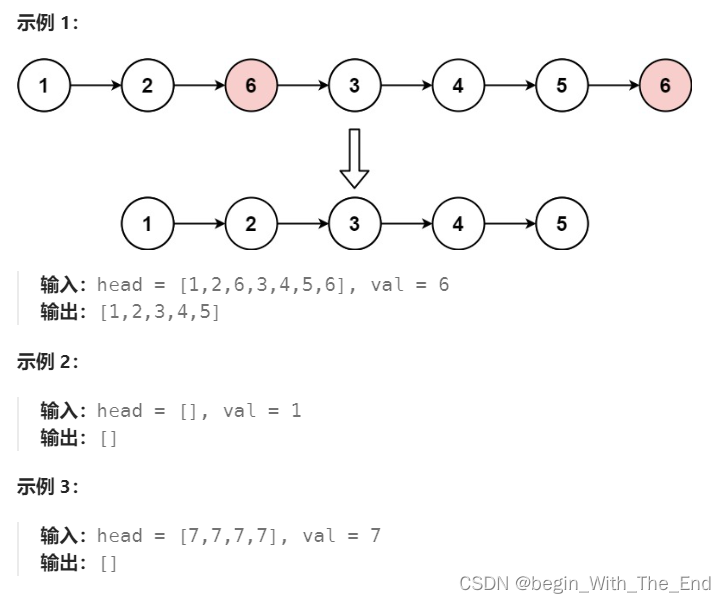
/**
* Definition for singly-linked list.//注意基本的链表定义方法
* public class ListNode {
* int val;
* ListNode next;
* ListNode() {}
* ListNode(int val) { this.val = val; }
* ListNode(int val, ListNode next) { this.val = val; this.next = next; }
* }
*/
class Solution {
public ListNode removeElements(ListNode head, int val) {
//非空判断
if (head == null) {
return null;
}
//定义虚拟头节点
ListNode dummy = new ListNode(-1, head);
ListNode pre = dummy;
ListNode cur = head;
//删除指定元素的值节点
while(cur != null) {
if (cur.val == val) {
pre.next = cur.next;
} else {
pre = cur;
}
cur = cur.next;
}
//返回新的链表的头节点
return dummy.next;
}
}
设计链表
- 设计链表(Leetcode:707)
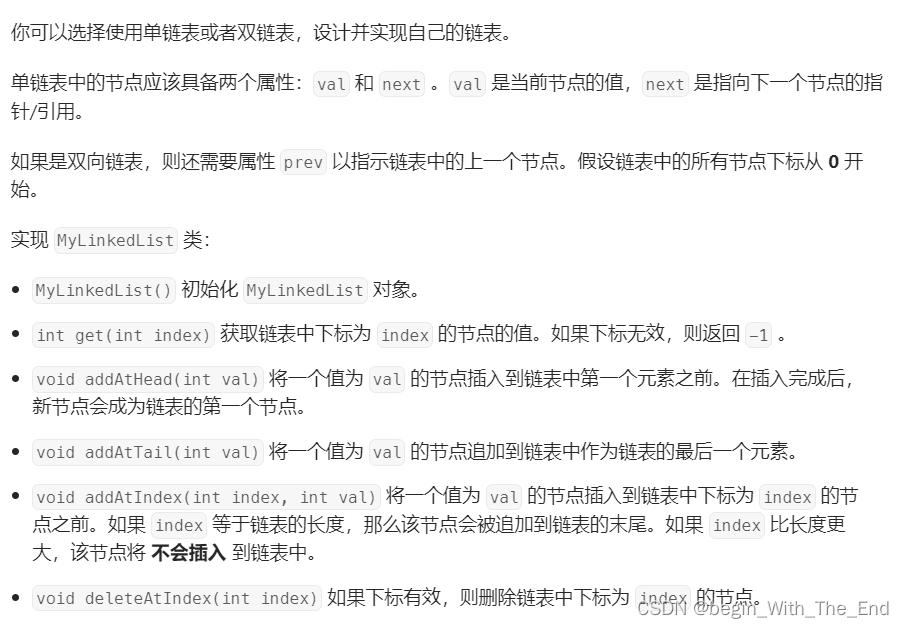
class ListNode {
int val;
ListNode next;
public ListNode() {
}
public ListNode(int val) {
this.val = val;
}
public ListNode(int val, ListNode next) {
this.val = val;
this.next = next;
}
}
class MyLinkedList {
//size存储链表元素的个数
int size;
//虚拟头节点
ListNode head;
//初始化链表
public MyLinkedList() {
size = 0;
head = new ListNode(0);
}
//获取第index个节点的数值,注意index是从0开始的,第0个节点就是头结点
public int get(int index) {
if (index < 0 || index >= size) {
return -1;
}
//当前指针先指向虚拟头节点
ListNode cur = head;
for (int i = 0; i <= index; i++) {
cur = cur.next;
}
return cur.val;
}
//在链表最前面插入一个节点,等价于在第0个元素前添加
public void addAtHead(int val) {
addAtIndex(0, val);
}
public void addAtTail(int val) {
addAtIndex(size, val);
}
public void addAtIndex(int index, int val) {
if (index > size) {
return;
}
if (index < 0) {
index = 0;
}
size++;
ListNode pre = head;
for (int i = 0; i < index; i++) {//举个极端的在末尾插入的例子,如数组[1],在index为1处插入元素,循环结束会出现pre指向null的情况,导致引用失效,所以i不能=index
pre = pre.next;
}
ListNode toAdd = new ListNode(val);
toAdd.next = pre.next;
pre.next = toAdd;
}
public void deleteAtIndex(int index) {
if (index < 0 || index >= size) {
return;
}
size--;
if (index == 0) {
head = head.next;
return;
}
ListNode pre = head;
for (int i = 0; i < index; i++) {//极端例子,考虑到pre和pre.next都不能为空;如[1,2,3]删除index为2的元素,
pre = pre.next;
}
pre.next = pre.next.next;
}
}
/**
* Your MyLinkedList object will be instantiated and called as such:
* MyLinkedList obj = new MyLinkedList();
* int param_1 = obj.get(index);
* obj.addAtHead(val);
* obj.addAtTail(val);
* obj.addAtIndex(index,val);
* obj.deleteAtIndex(index);
*/
反转链表
- 反转链表(Leetcode:206)

/**
* Definition for singly-linked list.
* public class ListNode {
* int val;
* ListNode next;
* ListNode() {}
* ListNode(int val) { this.val = val; }
* ListNode(int val, ListNode next) { this.val = val; this.next = next; }
* }
*/
class Solution {
public ListNode reverseList(ListNode head) {
//双指针法:先定义两个指针pre和cur分别指向null和head,一个临时指针temp
ListNode pre = null;
ListNode cur = head;
ListNode temp = null;
while (cur != null) {//循环遍历
//临时指针先存放cur.next,因为它等会会改变方向,避免丢失引用
temp = cur.next;
//改变指针指向,由指向后一个节点改为指向前一个节点
cur.next = pre;
//移动pre, cur向后移,继续后续的反转的过程
pre = cur;
cur = temp;
}
return pre;
}
}
